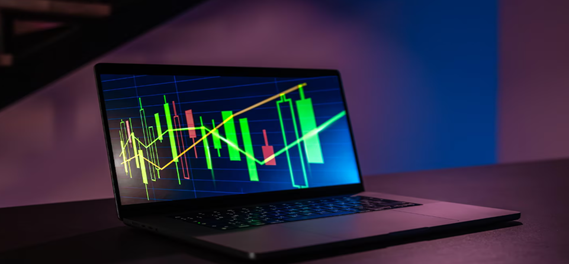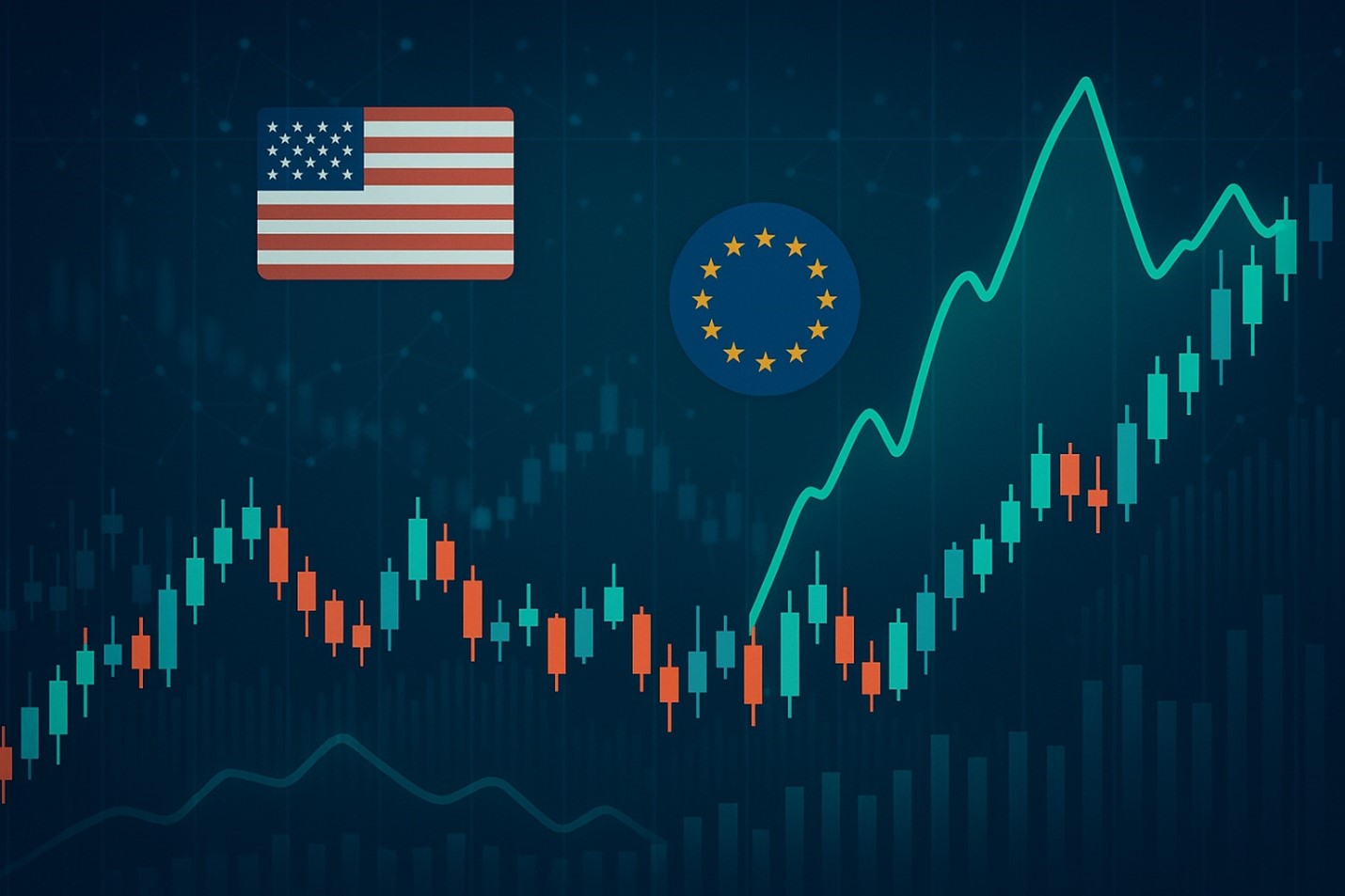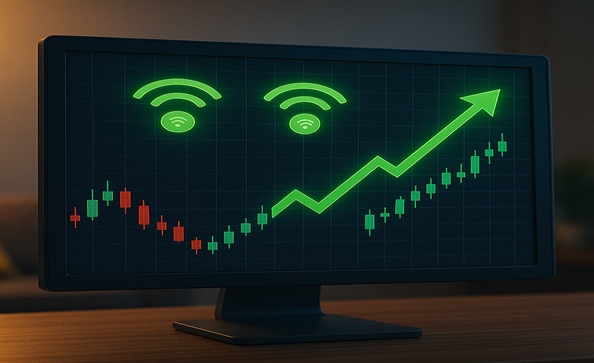Ever stared at your trading display screen and puzzled why the Forex market charts appear to be in chaos? You’re no longer on my own. Every trader fights the identical invisible enemy: market noise. But here’s the twist: current Forex Signal Trading doesn’t just rely on human intuition anymore. Behind the scenes, smart algorithms are quietly sorting through billions of fact points, filtering out distractions, and serving up the alerts that absolutely matter. In this blog, you may find out how these shrewd systems work, why they’re reshaping the Forex Market Signals panorama, and what its approach is for investors in 2025 and beyond.
The Evolution of Smart Algorithms in Forex
Gone are the days when traders manually scanned charts for hours. In 2025, the Forex market Signal Trading is powered by means of artificial intelligence that learns marketplace behavior over the years. These algorithms use gadget getting to know fashions educated on price patterns, historic statistics, and dealer sentiment to filter random fluctuations called “noise.”
Think of it like tuning a radio: the static is removed until you hear the clear music. That’s exactly how algorithms treat Forex Market Signals: they separate the emotional spikes, random volatility, and false trends from the real opportunities that can make or break a trade.
How Algorithms Identify and Filter Market Noise

Here’s a simplified breakdown of how these systems work:
- Data Collection: Algorithms gather live price feeds, volume trends, and sentiment data from global Forex exchanges.
- Pattern Recognition: They analyze price action to detect familiar shapes, breakouts, pullbacks, and consolidations within Forex Market Signals.
- Noise Detection: Random, short-lived fluctuations are flagged and excluded based on volatility thresholds.
- Signal Confirmation: Only consistent patterns that meet a confidence level (say 85% or higher) are delivered to traders as actionable Forex Signal Trading insights.
This process happens in milliseconds. While human traders rely on instincts, algorithms rely on probabilities. They don’t panic, they don’t guess, they calculate.
Real-World Example: From Chaos to Clarity
Consider a professional trader analyzing EUR/USD movements. Without automation, they might react to a sudden 20-pip dip, assuming a trend reversal. But an algorithm, after filtering through the noise, might recognize it as a minor retracement. Instead of issuing a false sell signal, it waits for confirmation, saving traders from unnecessary losses.
That’s the strength of AI-driven Forex Signal Trading: it doesn’t just spot entries and exits; it protects your capital by reducing impulsive trades triggered by short-term fluctuations.
AEO & GEO Optimization: Why It Matters Now

In 2025, visibility on search engines isn’t just about keywords; it’s about answers. Algorithms used in Forex Market Signals are becoming smarter, and so are Google’s and OpenAI’s ranking systems.
Answer Engine Optimization (AEO) and Generative Engine Optimization (GEO) both prioritize content that answers intent-driven questions quickly and accurately.
That means when traders search “how to identify fake Forex signals,” your content or your algorithm’s data feed must provide immediate, scannable answers.
By structuring your Forex Signal Trading approach with clarity and real expertise, you align not only with AI engines but with how traders think, search, and decide.
Experience Meets Intelligence
Experience, Expertise, Authority, and Trust, these aren’t just SEO buzzwords. They’re the foundation of effective Forex Market Signals delivery.
A trusted signal provider doesn’t just generate alerts; it explains the “why.” Traders trust systems that combine algorithmic precision with real trading experience.
- Experience means using years of market data to train the algorithm.
- Expertise means designing it with actual trader input, not just coders.
- Authority means verified results and transparent accuracy reports.
- Trust means consistent signals that match real market behavior.
This E-E-A-T approach is exactly what separates reliable Forex Signal Trading providers from flashy imitators.
Conclusion
Filtering noise from Forex Market Signals isn’t magic; its mathematics blended with intelligence. As algorithms evolve, they’re transforming Forex Signal Trading into a more precise, data-backed, and emotionally balanced experience. In a noisy world of market hype, these smart systems deliver clarity.
If you’re ready to experience that clarity and trade with confidence, connect with United Kings, where data meets discipline and smart algorithms redefine your edge in the Forex world.
FAQs
1. How do algorithms improve Forex Signal Trading accuracy?
They analyze large datasets, detect repetitive patterns, and eliminate random market noise to deliver more consistent and trustworthy Forex Market Signals.
2. Can beginners use algorithm-based Forex Signal Trading?
Yes. Most platforms simplify signals for new traders, providing clear entry and exit points without complex coding knowledge.
3. Are Forex Market Signals 100% reliable?
No signal is perfect, but AI-powered systems can improve accuracy by up to 85–90% through continuous learning and data filtering.
4. What makes United Kings different from other signal providers?
United Kings combines algorithmic precision with human trading insight, ensuring every Forex Signal Trading alert reflects both real experience and smart technology.




